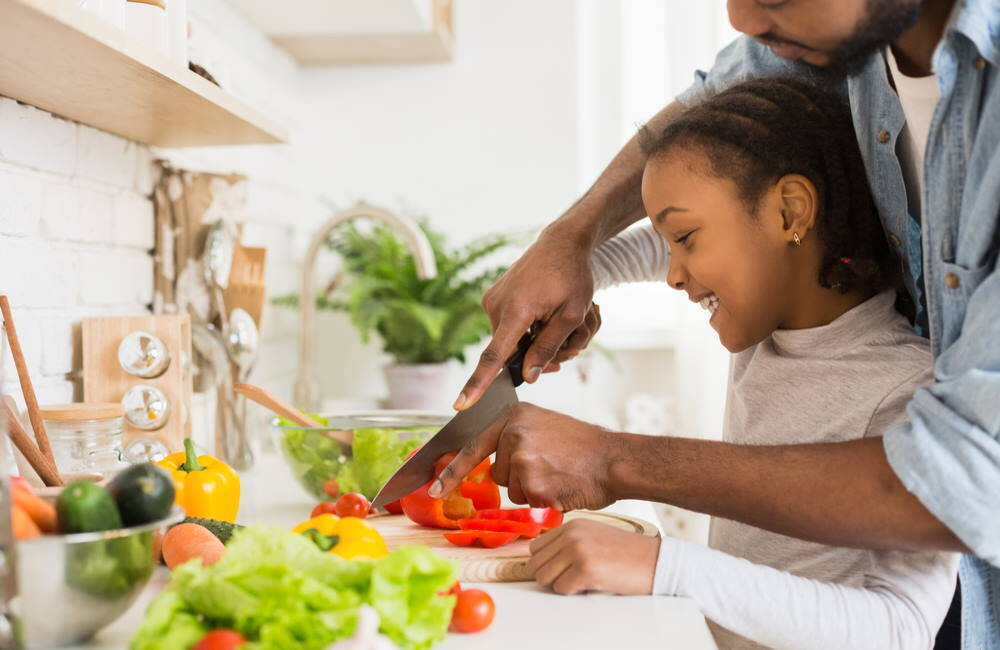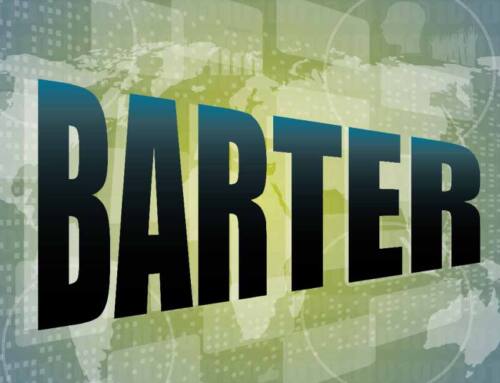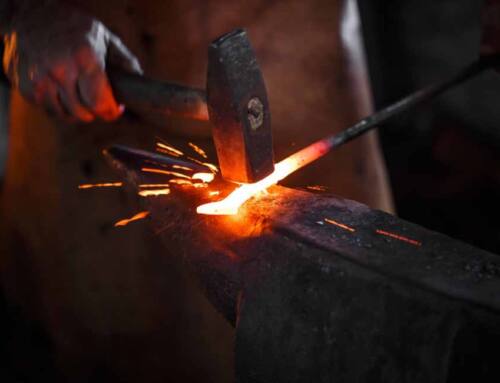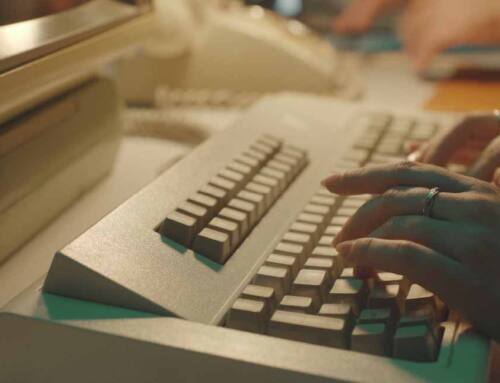It’s the parent’s responsibility to properly teach their children about knives as early as possible. Before kids can safely handle a knife of their own, they need to learn the basics. That includes the fact that knives are tools, not toys, and can prove dangerous if handled incorrectly.
Like all the things in life that require responsibility and discipline, teaching kids about knives should involve teaching them all the details. That includes how to sharpen a knife, cut properly, safely store a knife, maintain it and keep it sharp.
6 Knife Traditions You’ve Never Heard of
A Tool, Not A Toy
Many people start teaching kids about knives in the kitchen. The first lesson when you introduce knives to your children is to demonstrate how a knife is useful tool, not a toy for them to play with. Kids also need to understand knives are dangerous if not used carefully.
Parents also should put strict rules in place for when and where their kids can use knives in the house. Parents should always supervise kids when they use a knife in their younger years.
Once kids get older, it’s time to get them their first knife. The following applies to kids who are ready to own a knife of their own.
Knife Safety Issues
Parents should cover these issues when talking to their kids about knife safety.
- Know how a knife works before using it. If it’s a folder, practice opening and closing the knife.
- Once kids reach the point where they are allowed to carry a knife, it should always be with the blade shut or in a sheath
- Sharp knives are safer than dull knives and do a better job
- Knives are used for cutting only, not to pry, hammer or for any other use. Also, never “chop” at items to cut them
- Knives are not to be thrown (unless, of course, they are using a knife designed for throwing)
- If the knife blade does not lock in the open position, never apply pressure on the blade in a direction that might cause it to close on your fingers.
- As pointed out by the American Knife & Tool Institute, kids should always ask themselves, “If my knife accidently slips, where will it go?” If the answer is “toward me or somebody else’s body,” they should immediately change their position.
Parents should also teach children where knives cannot be taken once they are allowed to carry one outside the home, including schools and school functions.
Knife Maintenance
A well-maintained knife makes it the best tool possible. Kids should learn from the outset how to handle knife maintenance. That includes learning the following.
- Use light oil to cover and blade and hinged parts, and wipe off all excess oil
- If you don’t plan to use a knife for a long period of time, make sure to cover the blade and working parts with a protective oil
- Knives that get wet should be dried thoroughly to avoid rust
- Never try to take a knife apart for any reason
You can read more tips about maintenance for folding knives from Louis Krudo here.
Knife Sharpening
As stated above, a sharp knife is a safe knife. Kids need to learn how often to sharpen their blade (which depends to a certain extent on how often they use it). There are plenty of sharpening tips available. The key here is for adults to supervise the knife-sharpening process for at least the first few times to ensure their child follows the proper safety rules.
Responsibility and Respect
When a child gets their first knife, they will feel a great deal of pride in themselves for being trusted with such an important tool. For parents, it’s a great opportunity to teach children how to approach something that requires responsibility for how they handle themselves.
In that respect, a knife can become not only a valuable tool but an important way to teach children about responsibility for themselves, as well as to the safety of others. By safely introducing knives to your children, it offers a chance to make them wiser, stronger and more independent adolescents, teens and adults.







Leave A Comment